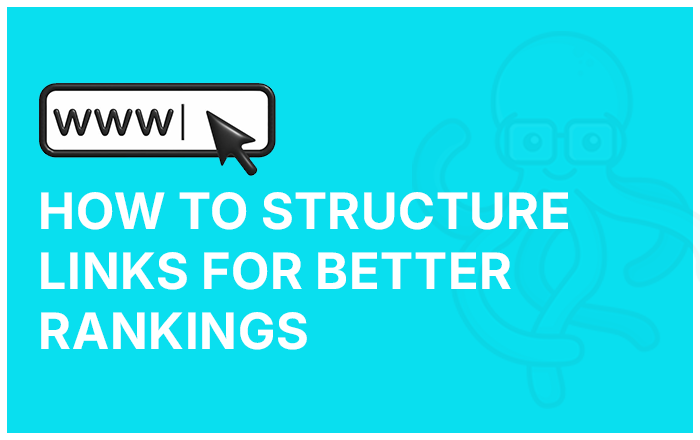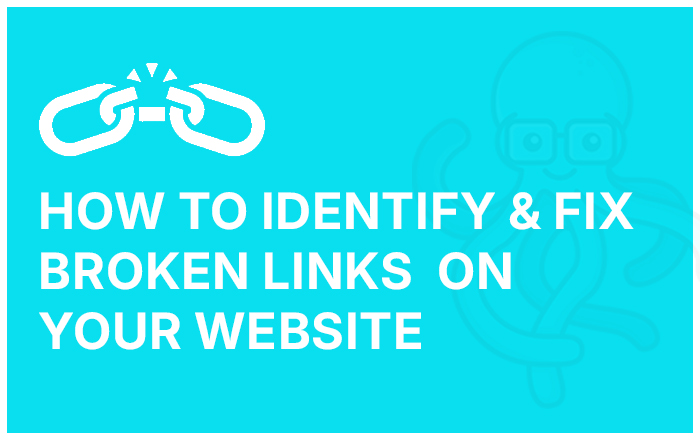In today’s digital world, having a great product or service isn’t enough—if people can’t find your business online, you’re missing out on potential customers! That’s where SEO (Search Engine Optimization) plays a crucial role in improving your online visibility. SEO is the secret weapon that helps small businesses rank higher on Google, attract more visitors, and boost sales—without spending a fortune on ads.
But let’s be honest—SEO can feel overwhelming, especially if you’re just getting started. The good news? You don’t need to be an expert to make your website SEO-friendly. By following this step-by-step SEO checklist, you’ll learn simple, actionable strategies to improve your website’s visibility, drive organic traffic, and grow your business. Whether you’re a startup or an established business, this guide will walk you through everything you need to know—from keyword research to optimizing your Google Business Profile. Let’s dive in!
Step-by-Step SEO Checklist
Following are the step-by-step SEO checklist for small business owners:
1. Conduct Thorough Keyword Research
Keyword research is the foundation of any successful SEO strategy. It involves identifying the terms and phrases that potential customers use when searching for products or services related to your business.
Action Steps:
- Identify Primary Keywords: Start by brainstorming a list of words and phrases that are relevant to your business. Consider what your customers might type into a search engine when looking for your offerings.
- Use Keyword Research Tools: Utilize tools like Google Keyword Planner, Ahrefs, or SEMrush to discover additional keywords and assess their search volumes and competition levels.
- Focus on Long-Tail Keywords: Long-tail keywords are longer, more specific phrases (e.g., “affordable family law attorney in Austin”) that often have lower competition and higher conversion rates. Incorporating these can help attract more targeted traffic.
2. Optimize Your Website’s On-Page Elements
On-page SEO focuses on improving individual web pages to enhance their search rankings and attract more targeted traffic.
Action Steps:
- Title Tags: Craft unique, descriptive titles for each page, incorporating primary keywords.Keep them within 60 characters to ensure they appear correctly in search results.
- Meta Descriptions: Write compelling meta descriptions (up to 160 characters) that summarize the page content and include relevant keywords.
- Header Tags (H1, H2, H3): Use header tags to structure your content, making it easier for search engines and users to understand. Include keywords where appropriate.
- Image Alt Text: Provide descriptive alt text for images, incorporating keywords to improve search engine understanding and accessibility.
3. Develop High-Quality, Relevant Content
Content is a critical component of SEO. Creating valuable, informative, and engaging content not only attracts visitors but also encourages them to stay on your site longer, reducing bounce rates.
Action Steps:
- Blog Regularly: Start a blog to share industry insights, how-to guides, and other relevant information that addresses your audience’s needs and interests.
- Answer Common Questions: Create content that answers frequently asked questions from your customers, positioning your business as a helpful resource.
- Use a Conversational Tone: Write in a friendly, approachable manner to connect with your audience and build trust.
4. Ensure Mobile-Friendliness
As mobile device usage continues to rise, ensuring your website is mobile-friendly is crucial.
Action Steps:
- Responsive Design: Implement a responsive design that adjusts your website’s layout based on the device used.
- Test Mobile Usability: Use Google’s Mobile-Friendly Test tool to identify and fix any mobile usability issues.
5. Improve Page Load Speed
Page speed is a significant ranking factor. A slow-loading website can lead to higher bounce rates and lower rankings.
Action Steps:
- Optimize Images: Reduce image file sizes through compression while maintaining their quality.
- Limit HTTP Requests: Reduce the number of elements on your page to enhance loading speed.
- Use Browser Caching: Enable browser caching to store static files, reducing load times for returning visitors.
6. Strengthen Internal Linking
Internal links connect different pages on your website, helping search engines understand the structure and hierarchy of your content.
Action Steps:
- Link Related Content: Within your content, link to other relevant pages or blog posts on your site to keep visitors engaged and distribute link equity.
- Use Descriptive Anchor Text: Use clear and descriptive anchor text that indicates the linked page’s content.
7. Build High-Quality Backlinks
Links from credible websites indicate to search engines that your site is reliable and authoritative.
Action Steps:
- Guest Blogging: Write articles for reputable blogs in your industry, including a link back to your site.
- Partner with Local Businesses: Collaborate with local businesses to get featured on their websites or directories.
- Create Shareable Content: Develop high-quality content that others will want to link to, such as infographics, research studies, or comprehensive guides.
8. Claim and Optimize Your Google Business Profile
For local businesses, a Google Business Profile (formerly Google My Business) is vital for appearing in local search results and on Google Maps.
Action Steps:
- Claim Your Listing: If you haven’t already, claim your business listing on Google.
- Complete All Information: Provide accurate and comprehensive information, including your address, phone number, business hours, and services.
- Encourage Reviews: Ask satisfied customers to leave positive reviews, and respond to them to show engagement.
9. Monitor and Analyze Your SEO Performance
Regularly monitoring your SEO efforts helps you understand what’s working and where improvements are needed.
Action Steps:
- Use Analytics Tools: Implement tools like Google Analytics and Google Search Console to track website traffic, user behavior, and keyword performance.
- Set Key Performance Indicators
Key Takeaways
SEO is a powerful tool for small businesses aiming to enhance their online presence and attract organic traffic. By conducting thorough keyword research, optimizing on-page elements, and creating high-quality content, businesses can improve their search rankings and visibility. Additionally, factors like mobile-friendliness, page speed, and internal linking play a crucial role in enhancing user experience and boosting engagement. Building high-quality backlinks and optimizing a Google Business Profile can further strengthen local SEO efforts. However, SEO is not a one-time task; it requires continuous monitoring, adjustments, and strategic improvements to stay ahead of competitors. By following this step-by-step SEO checklist, small business owners can establish a solid digital presence and drive long-term growth. For expert guidance, Bizeebay offers professional SEO solutions tailored to help businesses thrive in an ever-evolving digital landscape. 🚀
Frequently Asked Questions
1. What is SEO, and why does it matter for small businesses?
SEO (Search Engine Optimization) is the practice of optimizing your website to rank higher on search engines like Google. It helps small businesses attract organic traffic, increase visibility, and compete with larger companies without spending heavily on ads.
2. How much time does it take to notice SEO improvements?
SEO is a long-term strategy, and results vary depending on competition, industry, and optimization efforts. Typically, noticeable improvements can take 3 to 6 months, but consistent efforts yield better long-term success.
3. Do I need to hire an SEO expert, or can I do it myself?
While hiring an expert like Bizeebay can save time and ensure advanced strategies are implemented correctly, small business owners can also handle basic SEO tasks using online guides and tools.
4. What are the most important SEO factors for ranking on Google?
Google considers multiple factors, but keyword optimization, mobile-friendliness, page speed, quality backlinks, and user experience (UX) are among the top-ranking factors.
5. How can I track my website’s SEO performance?
Use tools like Google Analytics, Google Search Console, Ahrefs, or SEMrush to monitor traffic, keyword rankings, and user behavior. Regular analysis helps refine your SEO strategy.







